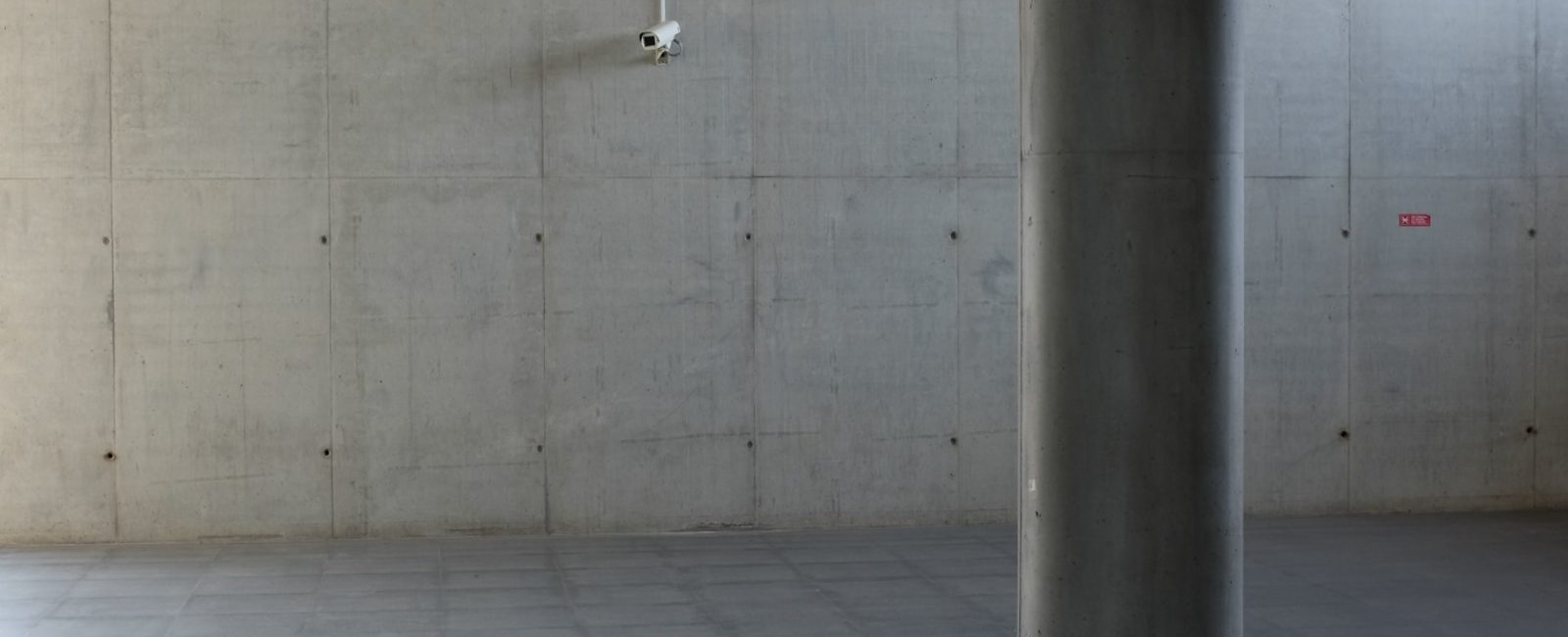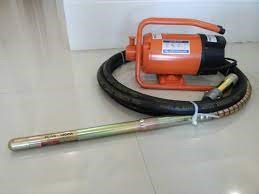
Equipment called a concrete vibrator is employed in the building industry. These devices can be found in a wide range of sizes and shapes. Some are small and solely powered by batteries, while others are considerably larger and mostly powered by electrical power lines. For long-term durability and maintenance, selecting the correct vibrator can assist you in settling any concrete.

Advantages:
It is beneficial to use vibration to help concrete during its settlement phase since it increases long-term stability. Air bubbles caught in the mixture during the pouring of wet concrete result in voids or honeycomb-like gaps. “Honeycombing” can reduce the cement’s durability and toughness if left unchecked. The combination’s trapped air is forced out of the slurry by vibrators, resulting in a more dense and flat slab. When this machine is operated correctly, it is usual to witness little bursts of air rising from wet mixtures.
Applications:
Concrete vibrators are accessible in various designs and can be powered by air or electricity. Concrete vibration applications can be divided into three broad categories:
Formwork vibration: This technique includes placing vibrators around the outside of the concrete structure and is frequently employed in a pre-cast concrete building. The exterior form vibrators are frequently placed 6 feet apart for large pores.
Surface vibration: During surface vibration, big vibrators—often referred to as “jumpers”—are manually guided onto the concrete surface that has been poured. This procedure only works with 6 inches or less deep slabs, but it still offers a smooth finish that is remarkably desired when aesthetics are a concern.
Internal vibration: The vibrators that vibrate inside are the most often utilized. A single operator can manage several tasks. The procedure is relatively straightforward: The worker swiftly presses an internal vibrator that resembles a probe into the wet cement and then slowly pulls it out.
The procedure is relatively straightforward: The worker swiftly presses an internal vibrator that resembles a probe into the wet cement and then slowly pulls it out.
How Long Does Concrete Vibrate?
Most concrete is either poorly or insufficiently vibrated. The ideal method for removing an internal vibrator is to do so gradually, at a rate of roughly 1 inch per second. More vibration is required as long as bubbles continue to appear when the vibrator is withdrawn.
When concrete sets, the outcome of completing this time-consuming operation “efficiently,” which means quickly, might lead to a structural failure. In addition, if you leave the vibrator in the material for a long time, the water and particles will separate, which will affect the concrete’s strength and appearance.
Be prepared before pouring:
The right vibration requires knowledge and expertise. Keep a secondary concrete vibrator on hand and ready if the first vibrator breaks. Concrete won’t wait while you fix equipment issues. To optimize the vibrator’s impact, place it vertically or nearly vertically.
Additionally, avoid overbending a vibrator as this can damage it. Avoid making the usual error of using a vibrator to put concrete. This may result in uneven surfaces and other issues.
Final thoughts:
It is impossible to emphasize the benefits of a concrete vibrator use in your next project. All the same, there are a lot of factors to consider to get a good outcome, and this is not one to overlook. Using the right tools and using them at the right time throughout the process is crucial to the success of any concrete pour.












